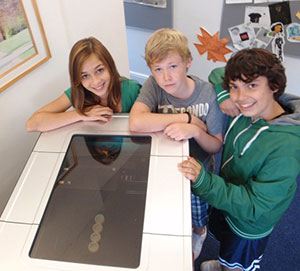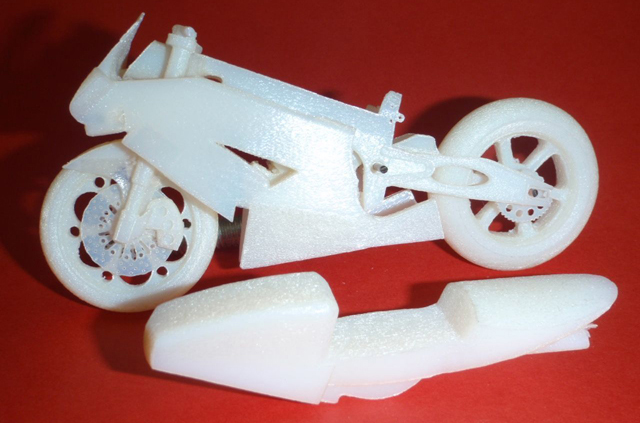An international trend to incorporate additive manufacturing into pre-college education seems to be taking place as the United Kingdom is starting to see 3D printing programmes appear in different primary schools and high schools across the country. Teachers are becoming aware of the benefit 3D printing has on the youth with its ease of use and practical, educational applications. Most recently, the Design and Technology program at ACS Egham International School has included several Objet24 printers in various classrooms, giving students the opportunity to translate scientific and mathematical principles from textbooks into something they can physically grasp.
One of the three staff trained in using the machines, Mr. Belcher, explains that the ability to create 3D objects keeps students motivated and engaged: “Having a 3D printer in the school is fantastic for projects like these because the children can let their imagination run free in their designs. They’re not confined by difficulties with production, whatever geometry they can come up with in their design can be reproduced with 3D printing, and we can see if the design works in the real world.”
The machines are also, of course, fun to use, with Year 10 students printing their very own jewellery and game pieces for board games and Year 8 pupils printing parts to build robots, however, these printers also give students hands on experience in a technical skill. The Design Technology IB Diploma program has high school students printing working prototypes, demonstrating that the technology serves a very practical purpose.






